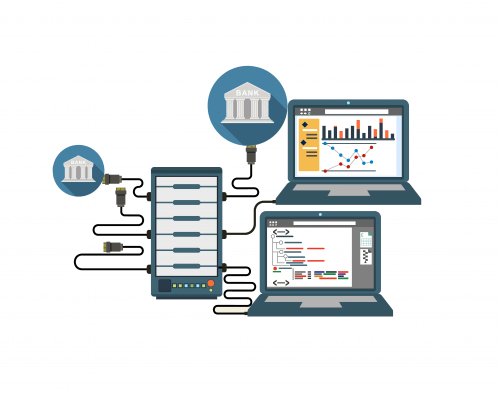Marketplace vs platform banking – why the marketplace approach must prevail to better serve SMEs…

In this article, BCSG Head of Commercial, Tom Davies, explores Open Banking and why the marketplace model will help banks to rebuild relationships with the SME segment:
The Open Banking revolution is fast upon us, and many financial institutions are already shifting towards the type of collaborative ecosystem that will likely define the new banking landscape.
Consumers and businesses alike will soon expect to browse a bank’s core services, third-party Fintech services, and even non-financial, value-adding services, all in one place.
For the SME segment who have, for too long, been grouped into one bracket and served using the ‘one-size-fits all’ approach, Open Banking models present a real opportunity for banks to strengthen their digital portfolios and better segment their business customers to provide the personalised service that SMEs have, up to now, been denied.
In my view, out of the two distinct banking approaches emerging – marketplace and platform – it is unequivocally clear which of them will deliver the higher value when it comes to digital banking for SMEs.
To start, how do the two models differ?
The platform model: anybody can join
Under a platform approach, the bank opens its API’s up to anyone who is interested, including other Fintechs, potential competitors and third-party developers, so that they can utilise the bank’s data to build their own products to be accessed via a platform.
So long as they meet certain basic criteria, any third-party developer can ‘plug in’ their products to the platform, with little –if any – curation of these services by the bank.
In this respect, the financial institution effectively becomes an ‘Amazon of banking’; offering a huge array of similar and competing products, giving the customer a greater opportunity to find a solution that best matches their specific needs.
The marketplace model: a selective club
Traditional banking models have thus far produced very generic products, with banks offering their own services and attempting to serve a wide range of customer types. Designed to generate quick profits, the ‘one-size-fits-all’ approach offered a de-personalised experience.
By contrast, the marketplace model sees banks continue to provide and develop their core services, but where there are gaps within their product portfolios – for example a lack of digital banking products for small businesses – they create relationships with carefully selected partners.
There are no openly published APIs, the bank offers the service (and therefore maintains the primary relationship) and there is a high level of curation across what’s offered.
Why marketplace will win…
In my opinion, the marketplace model will prevail. Amazon has done an incredible job of dominating the retail market, expanding from a marketplace model to a platform model and offering an increasingly wide variety of products from multiple sources. But Banks are not retailers; they have carefully developed brands and deal with very sensitive, personal information. These elements need to be carefully protected to maintain the trust of their customers.
A platform model feels like a race to the bottom of who can provide the widest range of services at the lowest rates with less rather than more focus on the customer experience.
The marketplace model on the other hand, presents a seamless digital experience that acknowledges SMEs need for an increasing level of personalisation and customisation. Banks need to recognise they can’t effectively address every customer need themselves. Instead, they should continue to provide services they’re good at, and plug in services they’ve carefully procured to fill the gaps.
Segment for success
SME customers have long been neglected by banks, continually being passed between the retail and corporate divisions with an ill-conceived hybrid of personal and corporate products. The advent of Open Banking is a great opportunity for banks to leverage the growing innovation in the market to supplement their basic SME offering, with a range of targeted products and services that cater for all the different types of thriving SMEs.
By carefully segmenting SME customers, banks can better define the challenges facing different customer types, lifecycle stages, emotional states and non-financial needs and consequently better address them through a joined-up customer value proposition.
For the customer, effective segmentation means they receive better support specifically targeted to their needs; allowing the bank to provide them the right tools, for the right time in their lifecycle. The marketplace model advocates a positive and enriching digital banking service for SMEs and this strategy should be adopted if banks are to retain their position as a trusted and reliable partner whilst the world of Open Banking continues to evolve.
For more of our insights on digital banking for small businesses, check out our fintech radar.
